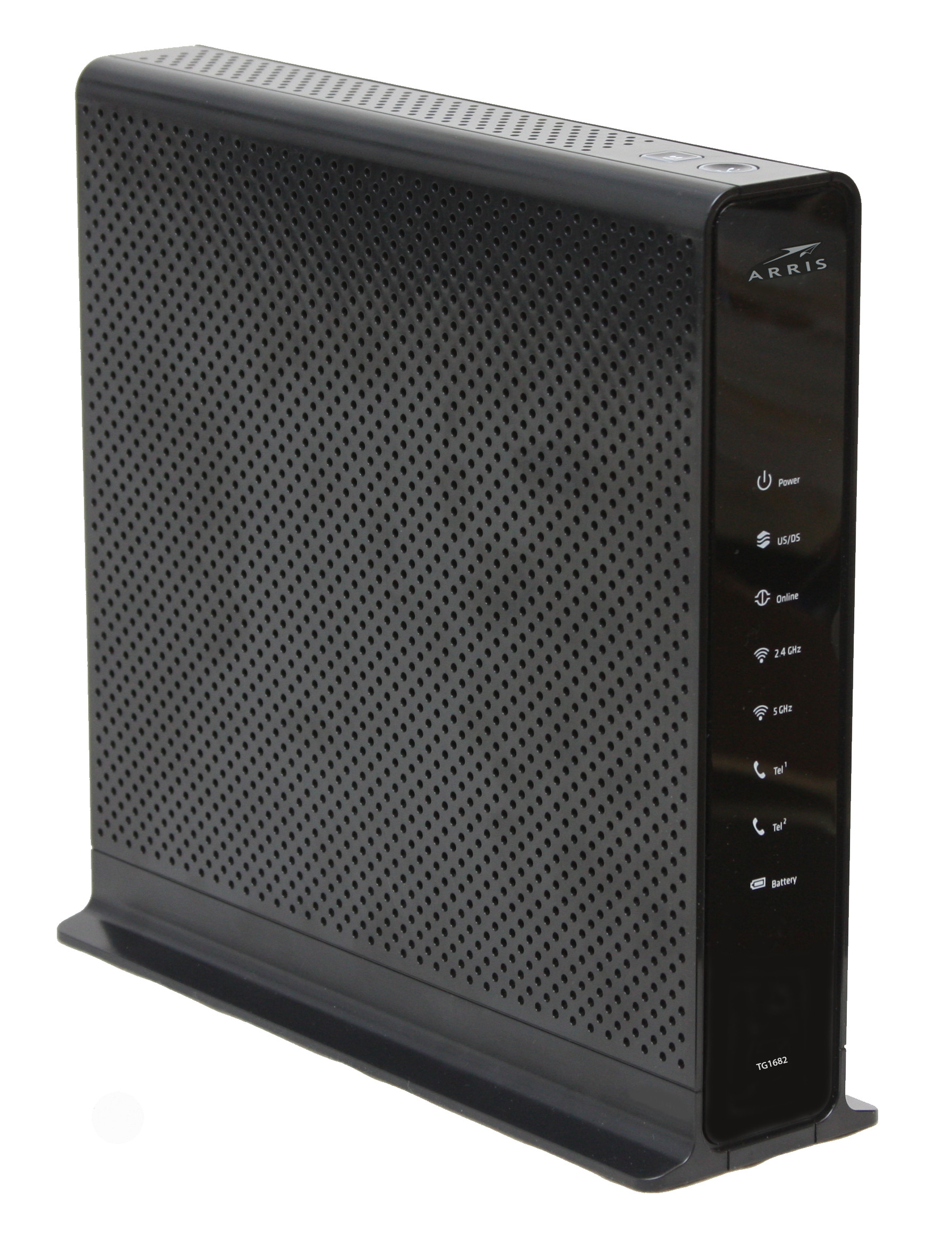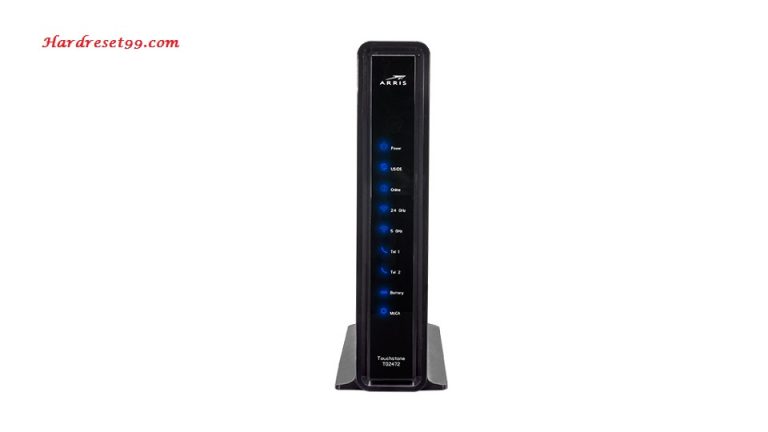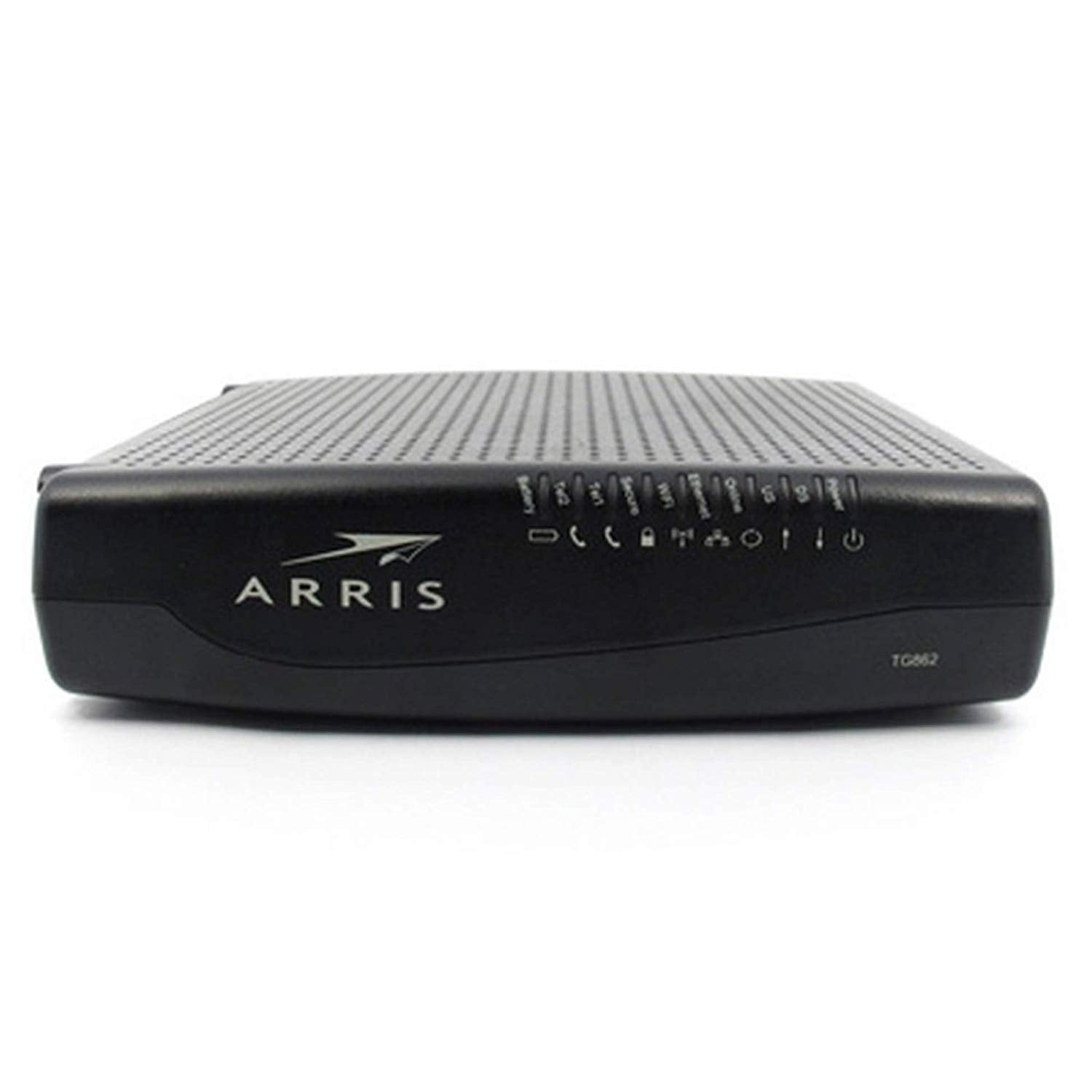

If it sounds like too much, try one of our other tips.

Warning: Technical information and instructions below. This works most of the time, but having everyone in your building on the same channel can cause slow-downs. Routers are either pre-set to use a specific channel, or they automatically choose a channel when they’re initially configured. There are 11 channels that your router can use to transmit Wi-Fi signals. This is something to think about especially if you live in an apartment building or townhouse complex. You may also be able to give connection priority to specific devices and users you choose (your smartphone is more mission-critical than your smart doorbell).
#ARRIS ROUTER MANUAL#
Check your router’s manual (or just call your service provider) to see whether you can put your guests on their own network. Add in a few more when your whole family is online, your relatives come for the holidays, or you’re working from home. Just start counting up the devices: mobile phones, tablets, laptops, speakers, gaming consoles, smart hubs, smart cameras, doorbells and fridges. If you have a “dual-band” router, or see two options for your network (like “Home-Network” and “Home-Network-5G”), try using the 5GHz connection to avoid interference with other 2.4GHz devices. That basically means that the highway where the information travels can get crowded, like when you’re driving between states and your radio is picking up two different stations on the same channel. The electronics mentioned above often operate in the same 2.4GHz band of many Wi-Fi routers.

Regardless of whether you have DSL, cable or fiber technology, router placement will impact connectivity. This might seem like an obvious tip, but it’s one you shouldn’t ignore (we know from experience).

Yes, technically it’s working, but is it really working? There are few things more frustrating than an inexplicably weak signal, but we’ve put together a few pointers that can help you get the strongest possible Wi-Fi signal and the speed you need from your router. When Netflix freezes and your Instagram feed won’t reload, where do you put the blame? On the Wi-Fi, of course.


 0 kommentar(er)
0 kommentar(er)
